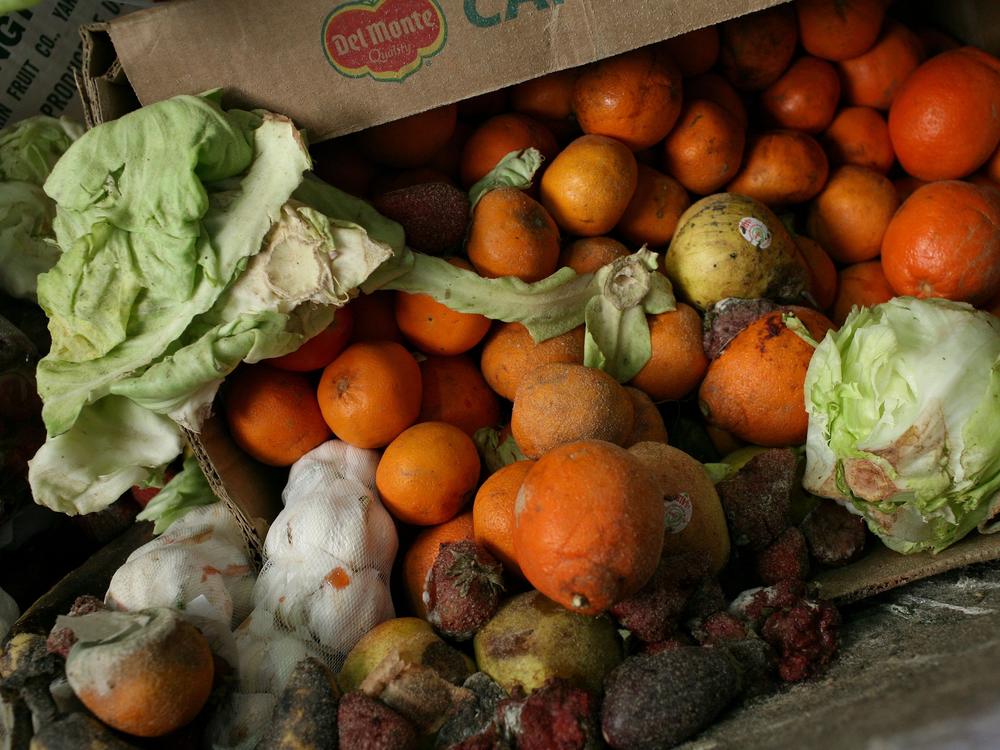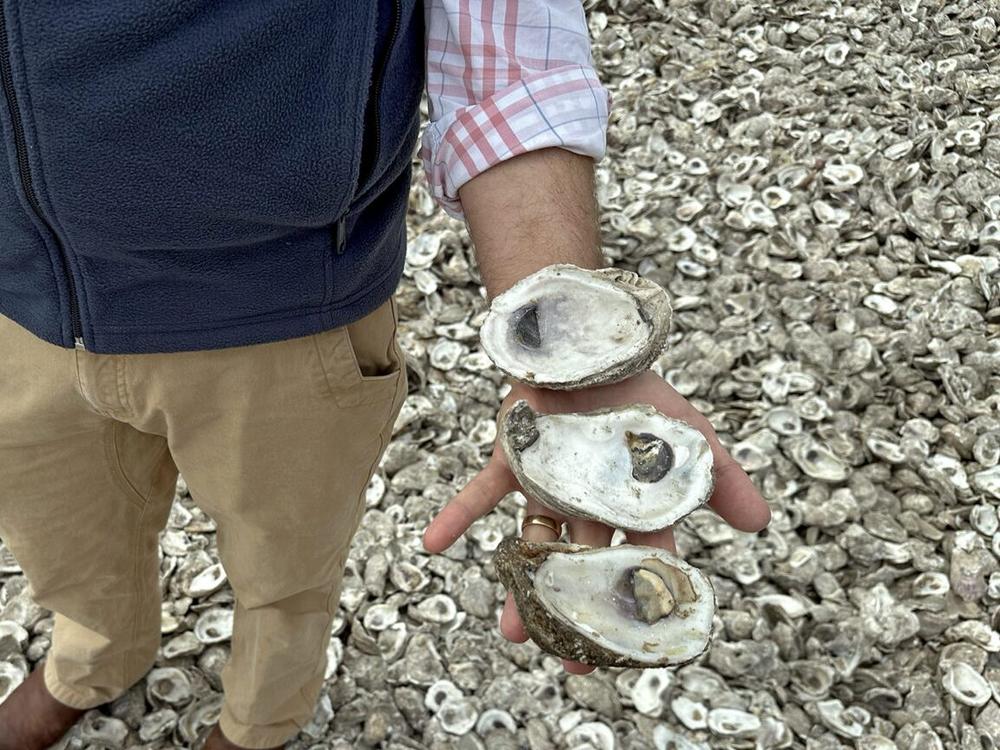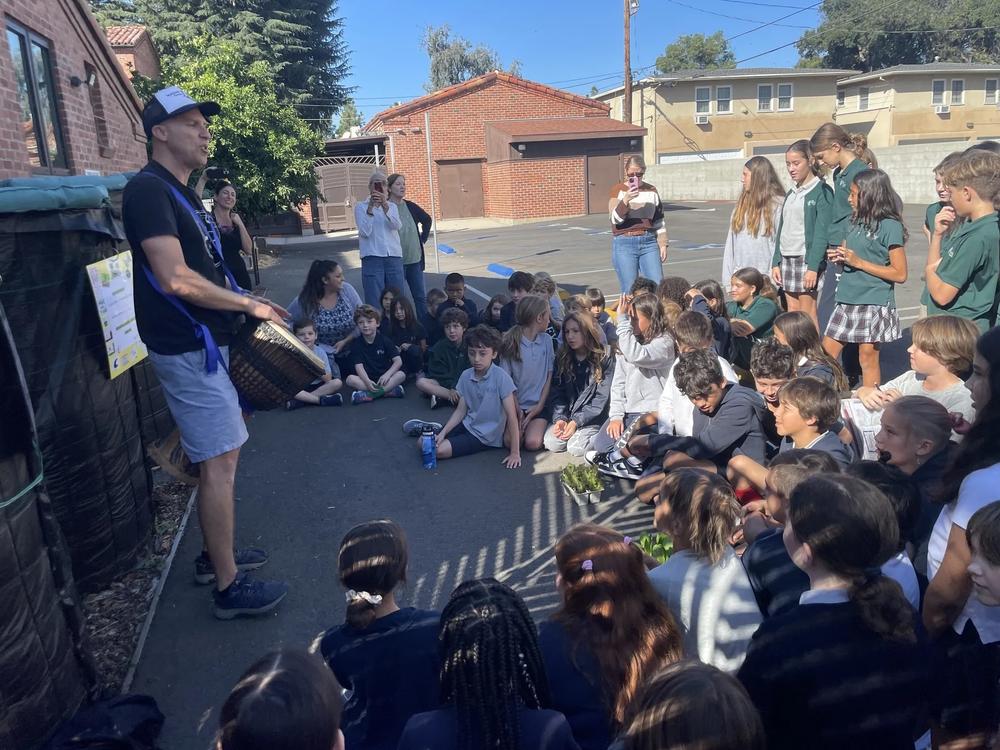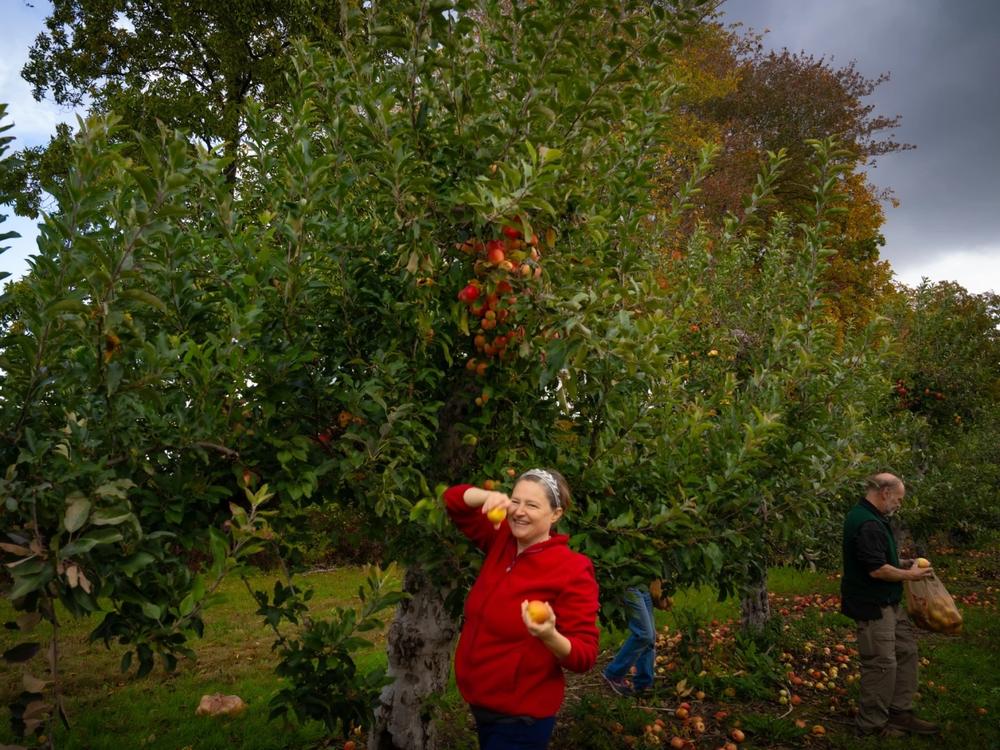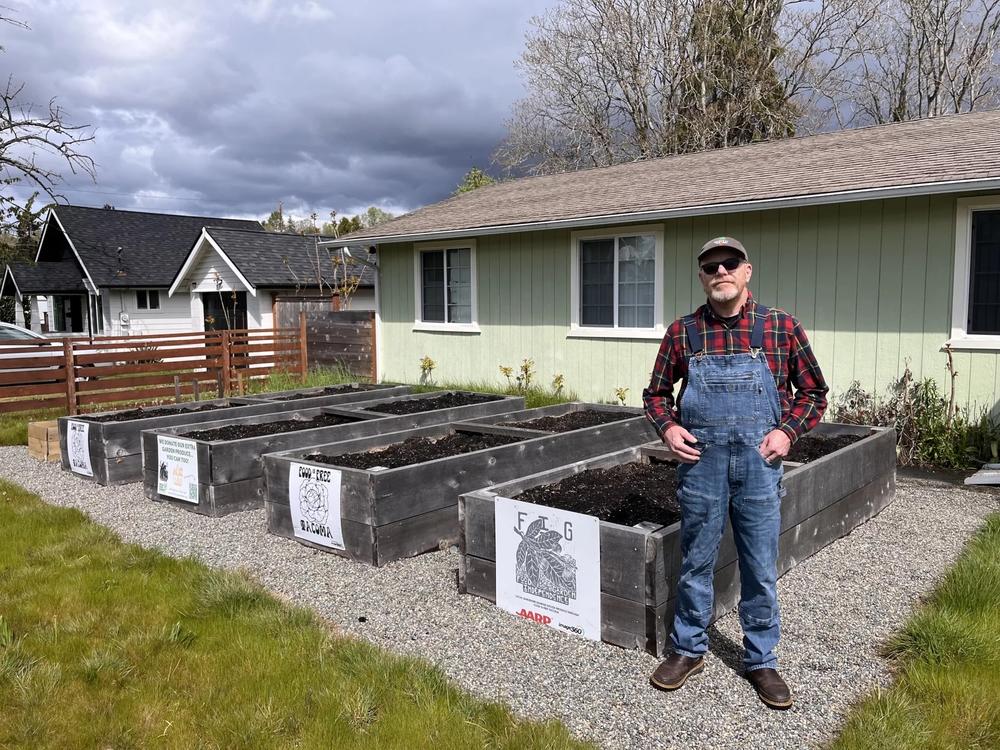Section Branding
Header Content
Creative ways communities are reducing food waste
Primary Content
Climate change is affecting our food, and our food is affecting the climate. NPR is dedicating a week to stories and conversations about the search for solutions.
When we started working on this year's Climate Solutions Week, all about the future of food, we realized solutions seem to fall into three groups: What we grow, how we cook and eat, and what we often end up wasting.
Below are a few community-led solutions to the latter. While lots of powerful changes can start at home, sometimes the scale of the problem benefits from a community-wide approach.
First: Understand the scale of the problem
It doesn't feel good throwing away food, and food going to waste isn't great for the planet either.
To help understand the scale of the problem, WBUR Boston created a quiz to help explore the amount of food produced in the U.S. that goes to waste.
QUIZ: Do you know how much food Americans waste — and what it costs us?
Reusing oyster shells
Oyster reefs on Alabama’s coast, like many others in the Gulf South, have taken a beating from climate change. Returning oyster shells to the water helps more oysters grow in their place to play an important role in their ecosystem. They filter and improve the water quality; give a home to fish, crabs, and other animals; and help with erosion by providing natural protection to the shoreline.
Since starting the program, the Alabama Coastal Foundation has collected over 22.6 million shells, covering over 57 acres of land.
Some of the shells are used in another program designed to help the oyster populations increase — oyster gardening.
— Danny McAuthor, Gulf States Newsroom
California is getting kids involved
The K-8 students at The Wesley School in North Hollywood adorned a series of 5-foot containers with a giant banner that reads: "5,220 lbs of food waste saved from landfills."
It would have been much easier for the campus staff to toss the school’s food waste into a city-provided green bin, thanks to California’s law that requires municipal food waste recycling.
But taking it out of sight would miss the point, says their science teacher Johnna Hampton-Walker.
“When it's invisible like that, they don't see it,” she says. “They know, but it doesn't sink in.”
Where that compost ends up can also have a powerful impact. Food waste collected from residences in the city is being used to support almond orchards outside the city.
Gleaning farms to feed neighbors
Last fall, after an unseasonably wet and unpredictable growing season, volunteers gathered at Kimball Fruit Farms, located at the New Hampshire–Massachusetts border, to glean. The process entails picking leftover produce to share with people in need before it goes bad.
Not only does it cut down on produce going to waste, but it serves as a reminder of the labor that goes into growing and gathering food.
“There are people who do this every single day for their livelihood,” said Paula Moran of the United Way of Greater Nashua. “If you come out and you volunteer one day a year, big deal, but at least it gives you an appreciation of how hard people work.”
— Gabriela Lozada, New Hampshire Public Radio
Using underutilized land to grow free food
David Thompson is an urban farmer in Tacoma, Washington, who is trying to fight food insecurity by to connecting people to fresh fruits and vegetables.
Thompson founded Food is Free Tacoma in 2015, which eventually turned into the nonprofit organization Food is Free Washington. Food is Free volunteers grow fresh produce to give away to people who need it in public areas like park strips, and in residents' front and backyards.
There are dozens of sites across the city called Food Independence Gardens, or FIGs. To date, the organization has given away tons of food to people and families throughout Pierce County.
Ways to reduce waste at home
NPR's Life Kit has lots of resources to help make reducing the waste you produce at home a sustainable part of your daily life:
💡 GUIDE: How to reduce your food waste at home
💡 12 tips from our audience for how to cut down on food waste
💡 COMIC: How to get started composting at home
💡 COMIC: A kid's guide to climate change
